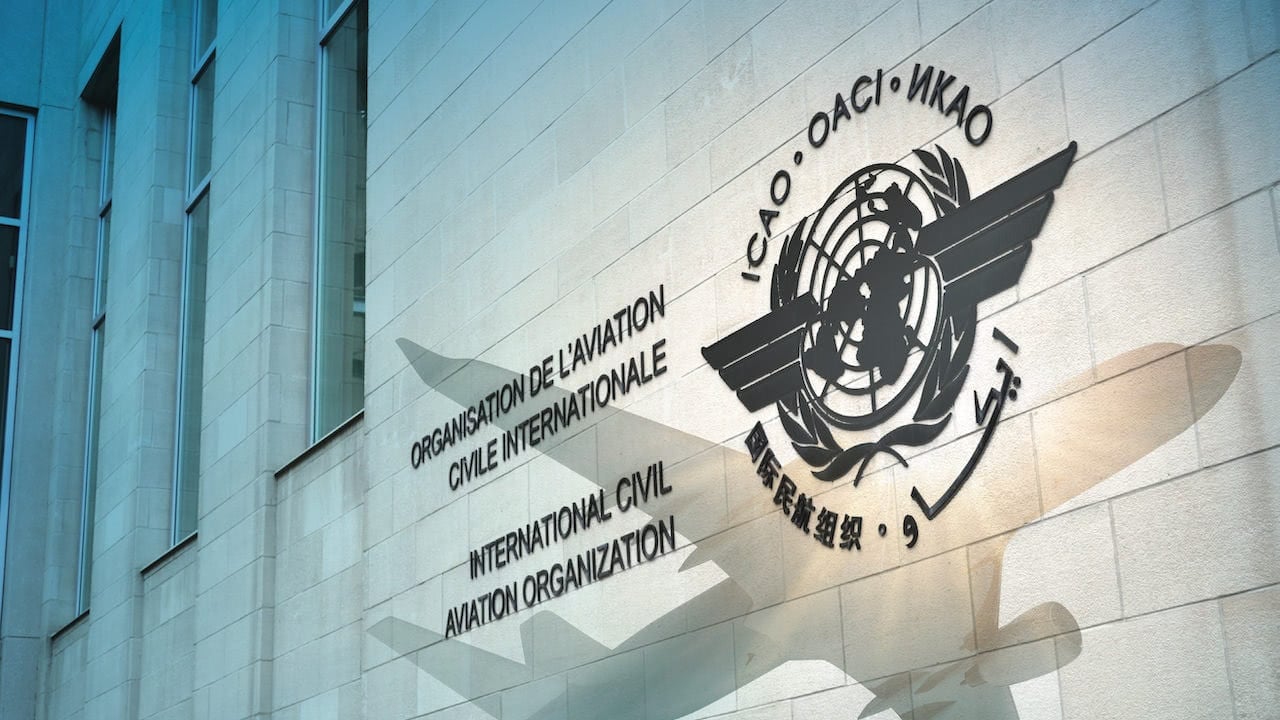ICAO is comprised of a sovereign body, the Assembly, and of a governing body, the Council.
The Assembly has to meet at least every three years. This meeting is called by the Council. Each contracting state has the right to vote and decisions are taken by majority.
The Council is a permanent body, it is accountable for the Assembly and is formed by 36 member countries for the duration of three years.
The ICAO has regional offices whose objective is facilitating the planning and implementation of new projects. These offices are as follows: Africa-Indic Ocean (AFI), Asia (ASIA), Caribbean (CAR), Europe (EUR), Middle East (MID), North America (NAM), North Atlantic (NAT), Pacific (PAC) and South America (SAM).



